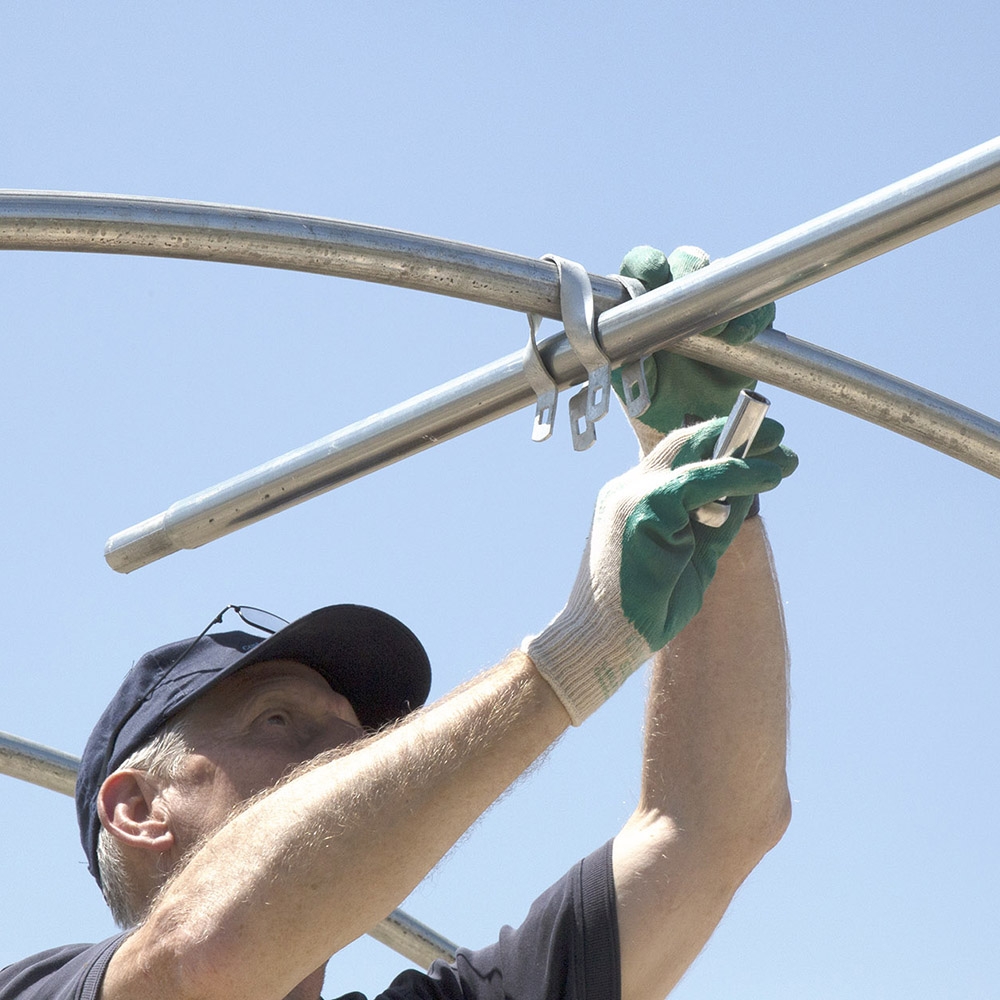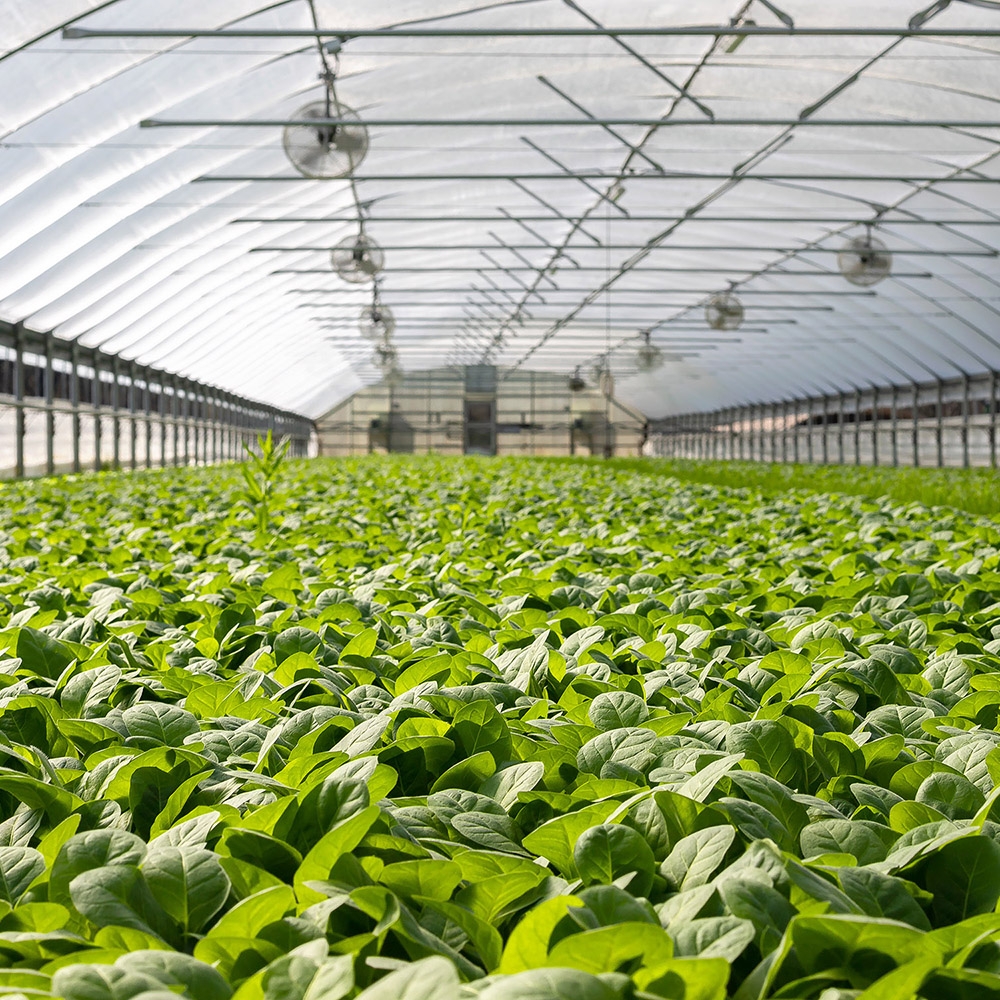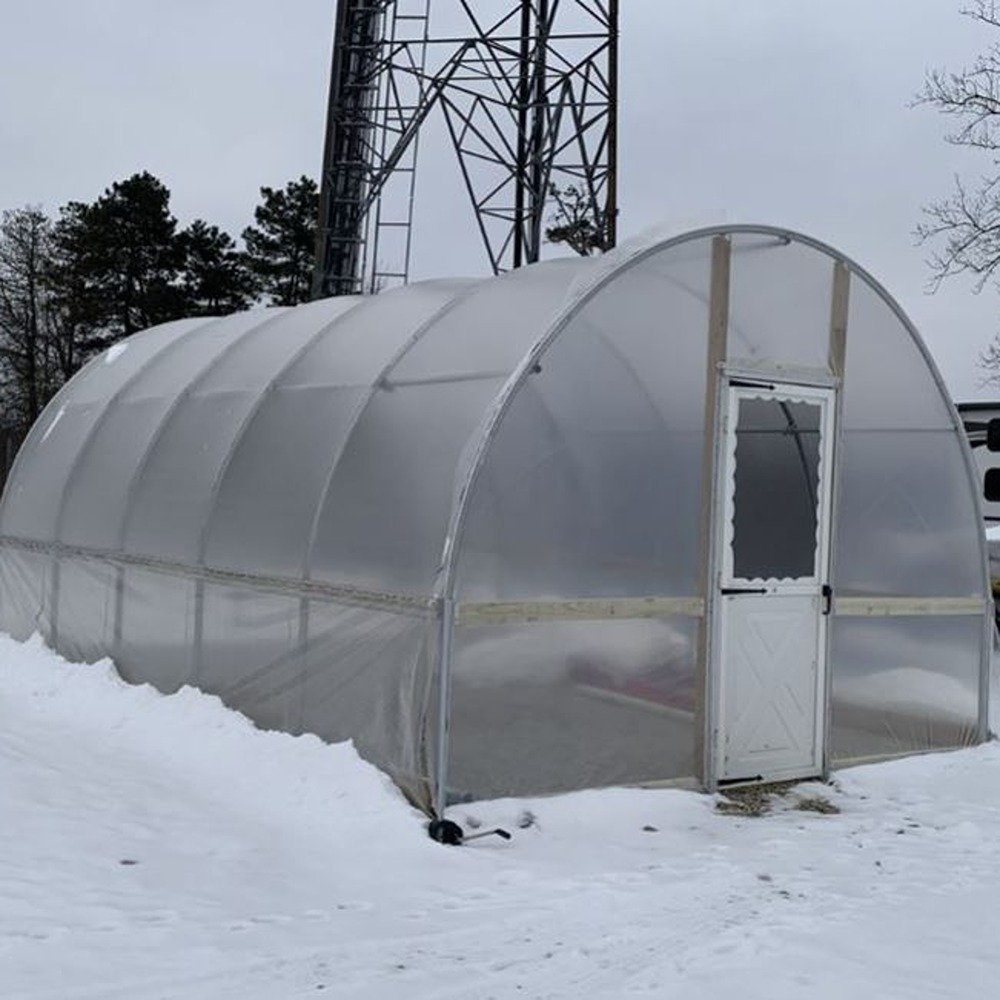Complete Guide to Preparing Your Greenhouse for Any Climate and Seasonal Weather Changes
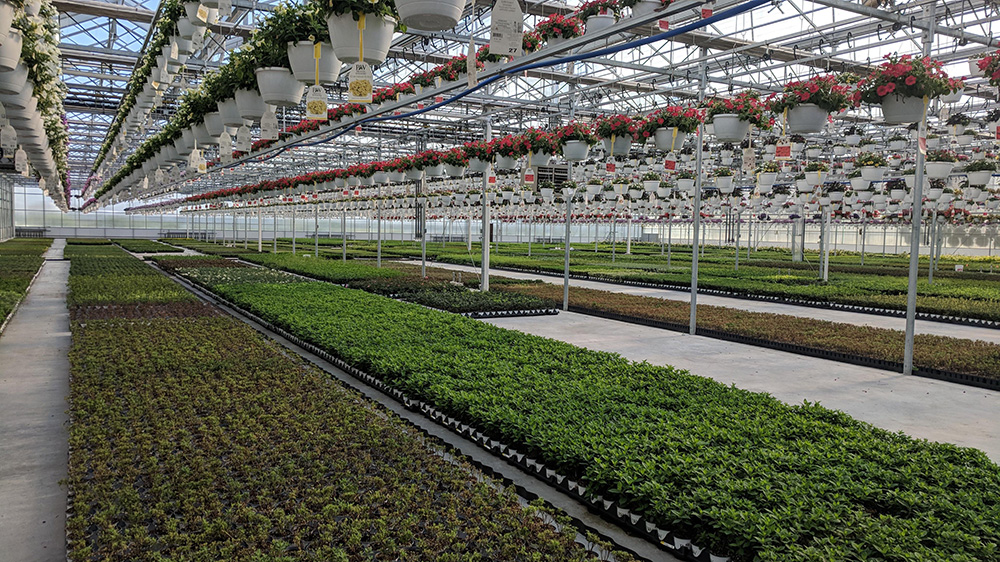
Choosing the right greenhouse is more than just size or appearance. It depends heavily on your local climate and how your greenhouse will perform throughout the year. Whether you deal with freezing winters, scorching summers, strong winds, or heavy humidity, your chosen features can make all the difference. In this guide, you'll learn how to select or prepare a greenhouse that matches your environment, along with expert tips and product links to help you create the best setup for your growing goals.
Seasonal Gardening Tips
Before we get into structural greenhouse recommendations, let's focus on the reason you're here in the first place: your plants. While we specialize in greenhouse materials and climate solutions, we've taken the time to gather practical, trustworthy tips from experienced gardening professionals. These seasonal suggestions will help you care for your crops all year, whether growing herbs, vegetables, flowers, or fruiting plants.
We've pulled advice from expert sources that also offer plants, seeds, or planting calendars. These resources can complement the structural upgrades you'll learn about as you keep reading.
Spring: Seed Smart and Set Up for Growth
Spring is planting season. Inside your greenhouse, this is the time to wake up your soil, start seeds, and prepare beds or containers for early vegetables and herbs. As temperatures rise and daylight increases, plant roots become more active, and pests may begin to emerge.
To make the most of your greenhouse in spring:
- Start hardy crops early like lettuce, spinach, peas, and broccoli that thrive in cool but protected conditions.
- Use fresh seed starting mix and clean containers to prevent fungal issues or disease transfer.
- Water gently but consistently, especially when germinating seeds in trays or pots.
- Rotate trays and transplant seedlings as soon as they develop strong root systems to avoid crowding.
- Fertilize lightly with a balanced organic fertilizer once seedlings develop true leaves.
Explore spring planting calendars and seed kits at Botanical Interests or browse starter plants and gardening tips from Burpee's Spring Vegetable Guide.
Summer: Stay Cool and Protect Growth
Summer brings intense sunlight and rapid growth, raising the risk of overheating, drought stress, and pest infestations. These effects can be amplified in a greenhouse, so careful attention to daily conditions is key.
For a successful summer season inside your greenhouse:
- Check soil moisture daily and water early in the morning or late in the evening to avoid shock and evaporation.
- Mulch container beds and soil areas to help lock in moisture and reduce root-zone temperature spikes.
- Scout for pests like aphids, whiteflies, and spider mites, which thrive in hot, enclosed spaces.
- Harvest regularly to encourage continued production and prevent overcrowding.
- Keep air circulating through passive or manual means, especially in dense plantings.
Need help choosing what to grow or how to maintain it? Check out seasonal guides and summer plant varieties at Johnny's Selected Seeds.
Fall: Maximize Late Crops and Plan for Frost
Fall is a great time to extend your season and take advantage of your greenhouse's ability to protect cool-loving crops. Shorter days and colder nights mean slower growth, but many vegetables thrive in these conditions.
To keep your greenhouse productive during fall:
- Plant frost-tolerant crops such as kale, arugula, carrots, radishes, and turnips that continue growing in cooler temperatures.
- Remove spent summer crops and compost disease-free plant material to prevent clutter and decay.
- Cover plants overnight with row covers or fleece if a hard frost is expected.
- Limit watering frequency since cooler weather slows evaporation and plant uptake.
- Clean and sharpen tools while you prep the structure for winter conditions.
Winter: Protect What Matters and Plan Ahead
Even in cold climates, a well-prepared greenhouse can keep certain plants alive through winter. Your goals may shift toward protecting overwintering crops, maintaining structure, and preparing for an early spring start.
For a functional and restful winter greenhouse:
- Grow cold-hardy greens like mache, spinach, and winter lettuce under frost protection or in insulated beds.
- Insulate windows or panels with foam board or layered plastic film for added heat retention.
- Keep soil covered with straw, mulch, or landscape fabric to prevent deep freezing.
- Inspect for condensation buildup to prevent mold during cold, damp stretches.
- Clean, reorganize, and map out planting plans while production slows.
Whether you're planting spinach in February or peppers in July, thoughtful seasonal care makes a big difference in greenhouse gardening success. If you're ready to get serious about the structural side of your greenhouse, ventilation, insulation, support fittings, and more, we can help. Keep reading to find out how to prepare your greenhouse for your unique climate and growing zone.
Why Climate Matters in Greenhouse Design
Climate is not just a background detail regarding greenhouse gardening. It is one of the most important factors in determining your greenhouse's performance. Harsh winters, scorching summers, high winds, or coastal humidity can all affect the structure, interior conditions, and plant health. A setup that works beautifully in the Southwest may completely underperform in the Northeast without the right adjustments.
Here are some of the biggest ways climate influences your greenhouse setup:
- Temperature extremes: Cold weather can slow down plant growth, while excessive heat can cause stress or damage. The right materials help maintain stable growing conditions inside.
- Structural demands: High-wind areas require strong frames and secure anchoring. Snowy climates call for greenhouses that can support heavy snow loads.
- Moisture and ventilation: Humid climates create ideal conditions for mold and mildew. Proper airflow and moisture-resistant materials help prevent these issues.
- Sunlight exposure: Intense sunlight affects plant health and water usage. In hot climates, light-diffusing plastic or shade cloth may be essential.
By understanding your local environment, you can make smart choices about materials, structure, and accessories. This protects your investment and gives your plants the best chance to thrive. The rest of this guide will help you explore the right greenhouse solutions for your climate.
Cold Climate Greenhouses Need Smart Insulation and Heat Retention
Cold climates can be tough on greenhouses, but the right materials make all the difference. The goal is to capture warmth, hold it in, and protect your structure from snow and ice buildup.
If you live in an area that experiences frosts, deep freezes, or heavy snowfall, your greenhouse needs to be insulated and weather-resistant from the ground up. A well-chosen covering material can drastically improve heat retention and reduce the need for supplemental heating.
One standout solution is using black and white greenhouse plastic film. The white side facing inward reflects heat back toward your plants to help warm the space. When flipped, the white side outward helps prevent overheating during unexpected warm spells. This flexible option allows you to adjust based on your seasonal needs without replacing the entire cover.
- Use the white side to reflect heat inward and retain warmth for winter growing
- Flip the plastic so the white side faces out if your region has sunny winter days
- Durable multi-season performance that helps reduce heating costs
- Pairs well with polycarbonate panels, foam end walls, and thermal ground cover for maximum efficiency
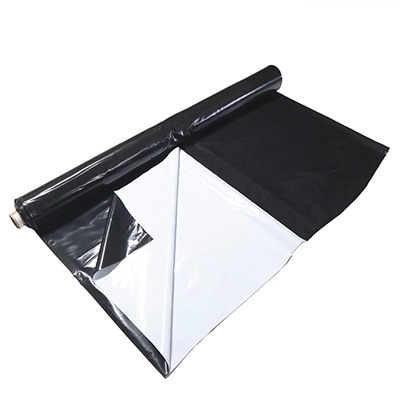
In Hot Climates, Cooling and Airflow Are Non-Negotiable
Excessive heat is one of the biggest threats to plant health, especially in dry or desert regions. When temperatures soar, your greenhouse can quickly become an oven without proper airflow and cooling tools.
In warm climates, it's critical to remove trapped heat, maintain consistent air circulation, and reduce the risk of heat stress. Simple vents often are not enough on their own. You'll want to combine active and passive cooling methods to keep your greenhouse growing strong through every heatwave.
Jiggly Greenhouse offers powerful greenhouse fans and misters that help push out hot air and introduce moisture into dry environments. Pair them with automated climate controllers that monitor temperature and activate your systems at the perfect time, even when you're not around.
- Fans improve airflow and reduce interior heat buildup
- Mist provides quick cooling and added humidity in dry regions
- Climate controllers automatically adjust fan and mist settings based on temperature
- Ideal for desert climates, high tunnels, and greenhouses with limited shade
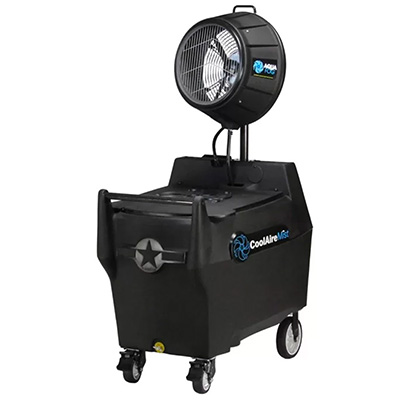
Windy Areas Demand a Stronger Frame and Smarter Connections
High winds are one of the most common causes of greenhouse damage. Strong gusts can twist frames, rip covers, and even uproot the entire greenhouse without a reinforced structure and secure fittings.
For anyone gardening in open fields, coastal zones, or wide valleys, building your greenhouse with wind resistance in mind is essential. This means using heavy-duty framing components that stay locked in place, even during storms. Proper anchoring and reinforced joints can be the difference between a thriving garden and a collapsed frame.
Jiggly Greenhouse offers a full line of structural fittings, including galvanized tubing for the main frame, end rail clamps, line rail clamps, and cross connectors for horizontal purlins. These are supported by strong bolts and screws to lock everything in securely.
- Galvanized tubing provides a durable, rust-resistant foundation
- Clamps and connectors stabilize your frame and resist twisting under stress
- Purlin brackets help distribute wind force evenly across the structure
- Ideal for open land, hilltops, coastal regions, or anywhere wind is a regular challenge
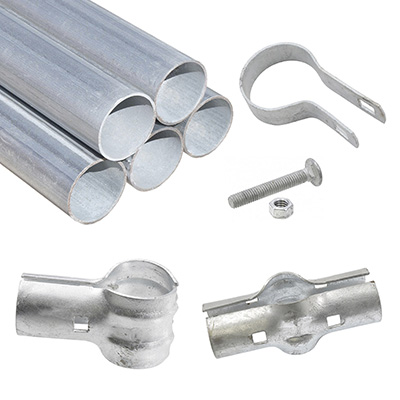
Humidity and Coastal Air Require Ventilation and Moisture Control
Humidity can cause more than just discomfort. In a greenhouse, it leads to mold, mildew, fungal diseases, and dripping condensation that can harm plants and damage equipment.
In coastal regions and moisture-rich environments, proper airflow and moisture control are essential. Your greenhouse should be equipped to release warm, damp air and prevent water droplets from forming inside your plastic covering. Without these features, your crops may suffer from rot and poor yields.
One of the smartest investments is anti-drip greenhouse film, which helps eliminate interior condensation and keeps water from falling onto plants. Pair this with manual ventilation systems and circulation fans that keep air moving and moisture levels under control.
- Anti-drip plastic reduces interior condensation and protects crops from water damage
- Manual vents help release humid air and bring in cooler, drier airflow
- Fans and misters maintain balanced humidity and prevent stagnant air
- Ideal for coastal regions, rain-prone areas, and greenhouses with dense plantings
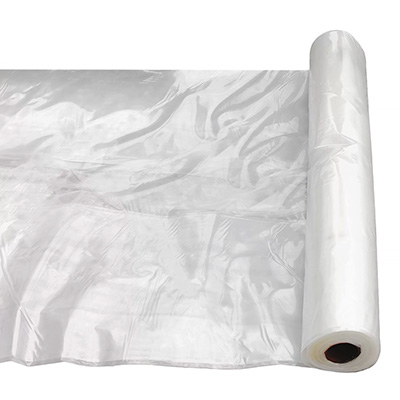
Preparing Your Greenhouse for Seasonal Shifts
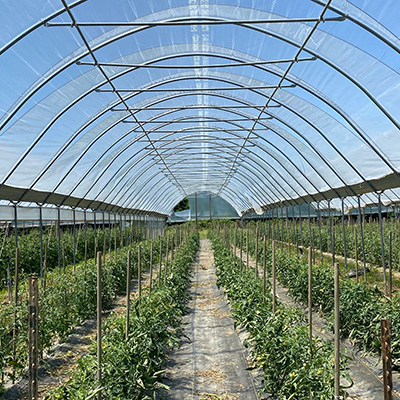
Even the best greenhouse needs to adapt throughout the year. Seasonal changes bring new temperature patterns, humidity levels, and sunlight exposure, all of which affect how your greenhouse functions. Whether entering the peak of summer or preparing for winter frosts, a few smart adjustments can help keep your plants protected and your system running smoothly.
Winter Preparation: Retain Heat and Reduce Loss
In colder months, the main goal is to hold onto heat. This starts with sealing air gaps around doors, vents, and framing connections. If you're using plastic film, ensure it is puncture-free and well-secured at the edges. Consider switching to insulated coverings or double-layer film if your area experiences deep freezes. You may also want to install a heater or lay thermal ground covers to trap warmth from below. Circulation fans can help evenly distribute warm air so it doesn't pool at the top of the structure.
Spring and Fall: Flexible Ventilation and Light Control
Spring and fall often bring unpredictable weather. During these transition seasons, your greenhouse may experience warm days followed by cool nights. Manual vents are handy during this time, allowing you to adjust airflow depending on daily conditions. If your greenhouse is covered with white or anti-drip plastic, you can use light diffusion while minimizing glare. It's also a good time to inspect and clean any fan systems or controllers before the more extreme seasons arrive.
Summer Preparation: Cool Down and Boost Airflow
When summer hits, your focus should shift toward cooling and preventing plant stress. Shade cloths, open vents, and active fan systems can help push out hot air and prevent overheating. Misters may also be useful in dry areas where added humidity can improve plant health. If you're using white greenhouse plastic with a black backing, consider flipping it so the white side faces outward to reflect sunlight and reduce interior heat. Automated climate controllers are especially helpful in maintaining consistent conditions while you're away.
Every climate presents challenges, but your greenhouse can become a reliable, productive space in any season with the right preparation. Whether you're trying to keep crops warm through winter, cool things down during the summer, or shield your structure from wind and humidity, choosing the right materials makes all the difference. You can grow confidently year-round with some seasonal care and a climate-matched setup.
We hope this guide has helped you understand what to look for and how to tailor your greenhouse to your environment. From anti-drip films to sturdy fittings and smart ventilation tools, we carry everything you need to build a strong, climate-ready foundation for your garden.
If you have any questions about product selection or how to prepare your greenhouse for your specific region, please don't hesitate to reach out. We're always happy to help.
Explore the Resources Hub Contact Us
